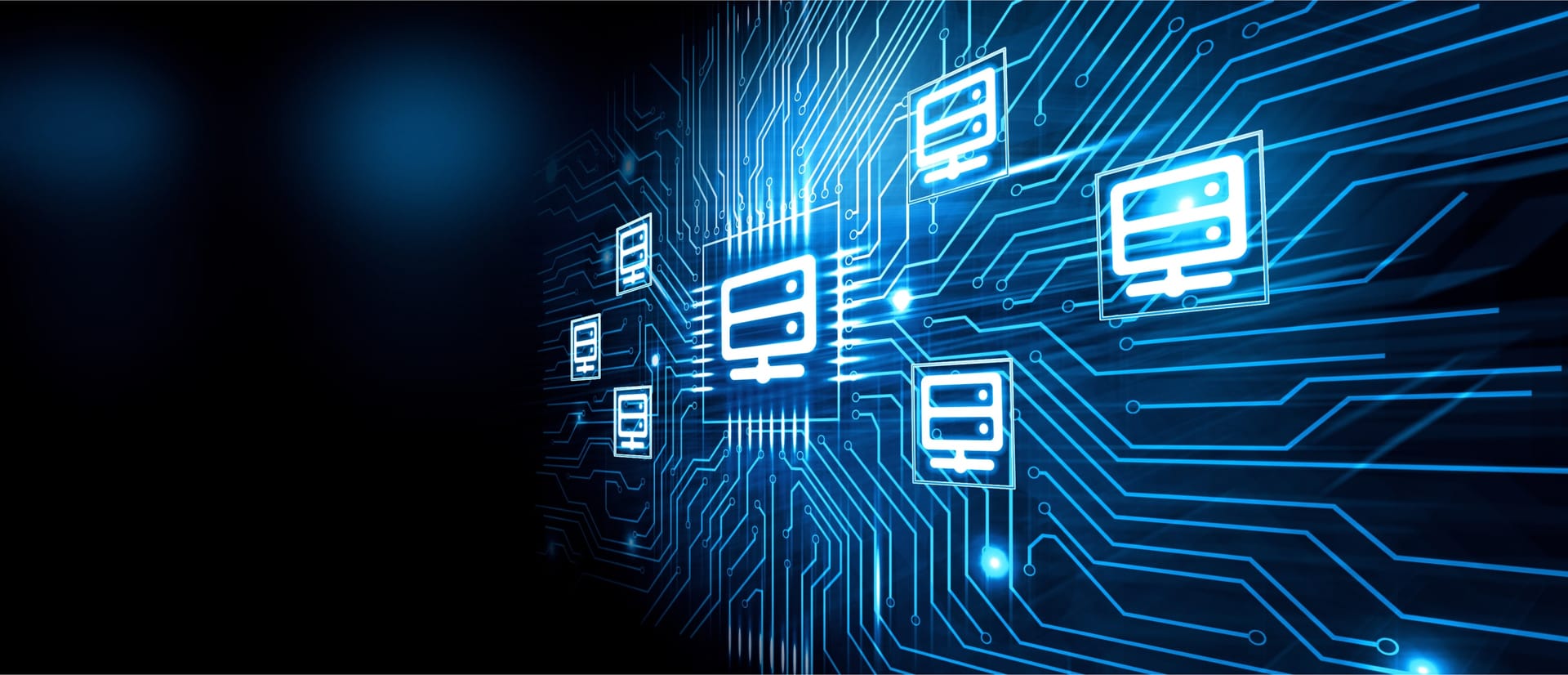Web 3.0, also known as Web 3, is the next version of the web, in which most users are linked via a decentralized network and have access to their own data. This article introduced us to the technologies that are expected to progress and alter in the next few years. Web 3.0 has the capabilities of intelligent systems, the semantic web, decentralization, the metaverse, digital assets, and a host of emerging technologies introduced by the industrial internet of things.
Along with the transformational technologies described above, the rapid advancement of artificial intelligence (AI) and blockchain are poised to play an important role in creating the Web 3.0 ecosystem. AI has the ability to examine extensive amounts of data and derive meaningful content and insights for users, thereby improving their experiences and interactions on the decentralized web via intelligent systems. Machine learning algorithms are predicted to be even more sophisticated, which will allow for more personalized interactions and predictive ability, ultimately improving the overall efficiency and operation of the ecosystem of Web 3.0.
At the same time, blockchain technology is a facilitator for the decentralization and security of Web 3.0. The immutability and transparency of the blockchain ledger inspires additional confidence in users who, made aware of the decentralized nature, consequent data privacy, and data security, have a reduced fear of adopting technology trust.
Specifically, smart contracts (built with blockchain) have the potential to reshape how we think about transactions and the contractual establishment of agreements. Smart contracts can provide streamlined operations, hence removing the requirement of intermediaries in our transactions.
As the dawn of this technological change is looming on the horizon, companies like Apprecode are leading the way in introducing new service offerings to support the ever-growing demand from consumers and businesses in an era of Web 3.0. Apprecode aims to stay ahead of the game to provide clients the services they are seeking to scale a business as a result of the AI and blockchain technology being opened to standardization. Apprecode’s suite of services and new generation intelligent applications that utilize machine learning and building decentralized systems for comprehensive security to navigate the complexities of the new digital frontier.
Apprecode’s experience extends to designing resilient and adaptive systems that can handle the changing demands of the decentralized web. Their dedication to quality, innovation, and customer happiness distinguishes them as a trustworthy partner on the path to realizing the full potential of Web 3.0.
Ultimately, as Web 3.0 approaches, the method in which we will interact with the digital world is going to change drastically. The dynamics of intelligent systems, blockchain, and other modern technologies will enable a decentralized, secure, and intelligent web. Apprecode serves as an essential change agent, facilitating the changes of Web 3.0 by bridging the uncharted waters of this transformative time for individuals and organizations to thrive in a new digital landscape. While we wait for the evolution of this technological shift, Apprecode will strengthen, innovate, and redefine a digital experience toward a decentralized and intelligent future.


